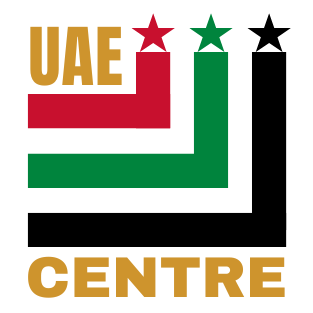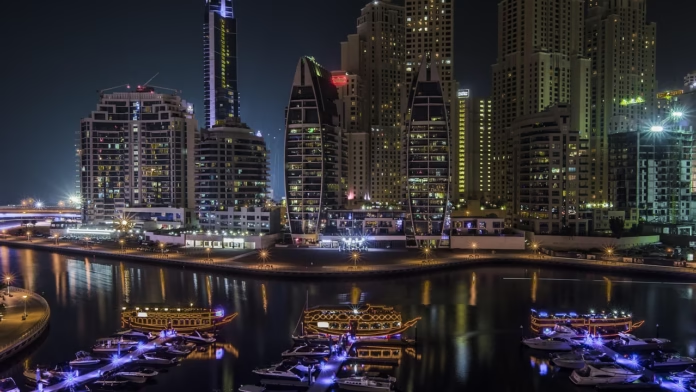According to a recent global study published by Statista, the UAE residential real estate is calm for steady growth. Moreover, it is projected (CAGR) of 2.66 percent between 2025 and 2029.
Furthermore, recent data from Statista and Mordor Intelligence have projected that the same number could grow at the rate of 8.66%. It means that it could touch the range of $217.09 billion by 2030 from $143.22 billion this year.
The research signals long-term investor confidence, strategic government support. Moreover, it shows a continually transforming real estate landscape that matches the country’s economic goal.
Market Trends Reflect Strategic Urban Development
Industry experts believe economic momentum and transformative real estate trends are the reasons for this growth. However, the demands for the following factors mentioned below are some of the reasons behind this rise:
- Livable communities
- Mixed-use developments
- Digitally connected neighborhoods
According to Badar Rashid Alblooshi, Chairman of Arabian Gulf Properties, this change shows a maturing market that caters to the growing residents’ and investors’ needs. He said,” This stable market growth is a positive indicator for the real estate sector of the UAE”.
Babar further said, “As demand matures and diversifies, developers are required to continue to innovate and deliver communities that serve long-term aspirations of residents and investors.”
Data-driven urban planning and strong government policies have supported this shift. Furthermore, initiatives that promote real estate as a safe investment channel, especially in a region handling geopolitical change and post-pandemic recovery, have also contributed to this growth.
Key Drivers of the Boom
- Off-plan and tokenized investment
The off-plan segment now accounts for 56 percent of total residential transactions due to flexible payment structure and fast-tracked approvals. Additionally, developers have over 280,000 units in the pipeline. Additionally, tokenized ownership is getting famous, which allows fractional investment from retail investors.
- Urban Planning and Infrastructure
Dh128 billion Al Maktoum Airport expansion and enhancements in public transportation are examples of projects that are increasing the value of peripheral areas like South Dubai. Moreover, these developments are making mixed-use and connected communities more attractive to investors and residents.
- Premium and luxury demand
Luxury real estate is also booming, with 6700 millionaires in the UAE in 2024. Moreover, villas are experiencing a 9.20% CAGR in the country, with new high-end developments like Nakheel’s Bay Villas continuing to sell out within days. In addition, the luxury segment is expected to expand at a rate of 10 percent through 2030 due to development on Saadiyat Island and collaboration with the global luxury brands.
Regional Market Highlights: UAE Residential Real Estate
Besides the overall growth, the regional market in the country is also growing. So, we have listed the details about the regional growth below:
- Dubai
It led the market with a 45 percent share last year. Notably, Dubai has recorded 43,000 transactions worth Dh115 billion in Q1 2025 alone. However, strong transport, green spaces, and business diversification make it a lifestyle destination, which is attracting real estate investment.
- Abu Dhabi
It is dominating the cash transaction sector by 70 percent. Moreover, the capital city is benefiting from high clarity and increasing home ownership. In addition, supportive government policies are attracting potential buyers.
- Ras Al Khamairah
The emirate is a rising star because it is expected to grow at a 10.05 percent CAGR through 2030. Here, infrastructure improvement with tourist-led developments is attracting capital and real estate investment.
Government Reforms and Economic Stability
Visa reform is changing the real estate sector as it is attracting eyeballs to the nation. Here are the details related to this development:
- Golden Visa issuance increased by 52% in H1 2024 due to lower fees and simplified eligibility.
- Retirement Visa and Senior Housing are new segments that cater to an aging, affluent population. Moreover, they are backed by legal transparency and streamlined transaction processing.
Notably, it has a rising mortgage rate (6.65%) because of higher EIBOR (5.306%). Still, the market remains catchy with rental yields (6.7%) as well as cash-rich buyers dominating premium segments. Affordability challenges persist in the mid-income segment. However, 17,080 affordable units are planned to bridge this gap.
Read more:
UAE Launches 100 Million Mangrove Trees Initiative to Combat Climate Change by 2030




This blog is definitely rather handy since I’m at the moment creating an internet floral website – although I am only starting out therefore it’s really fairly small, nothing like this site. Can link to a few of the posts here as they are quite. Thanks much. Zoey Olsen
I am really impressed along with your writing skills and also with the structure on your weblog. Is that this a paid subject matter or did you customize it yourself? Either way stay up the excellent quality writing, it’s uncommon to look a nice weblog like this one nowadays..
There is noticeably a bundle to know about this. I assume you made certain nice points in features also.